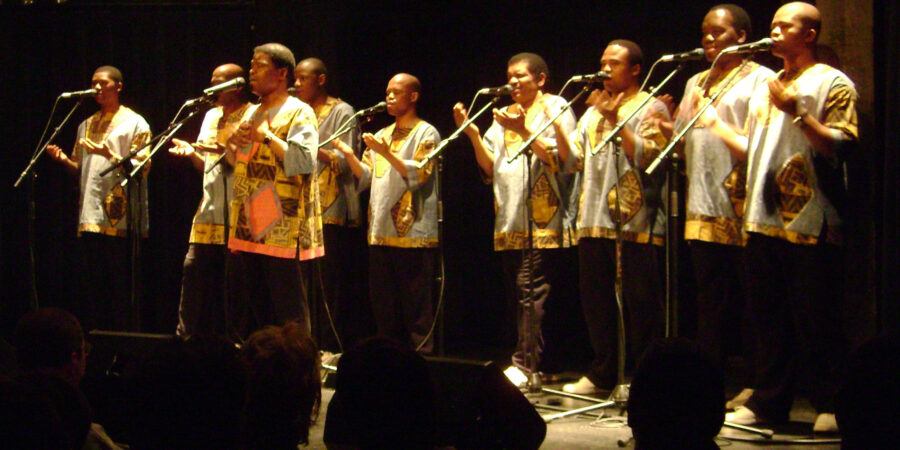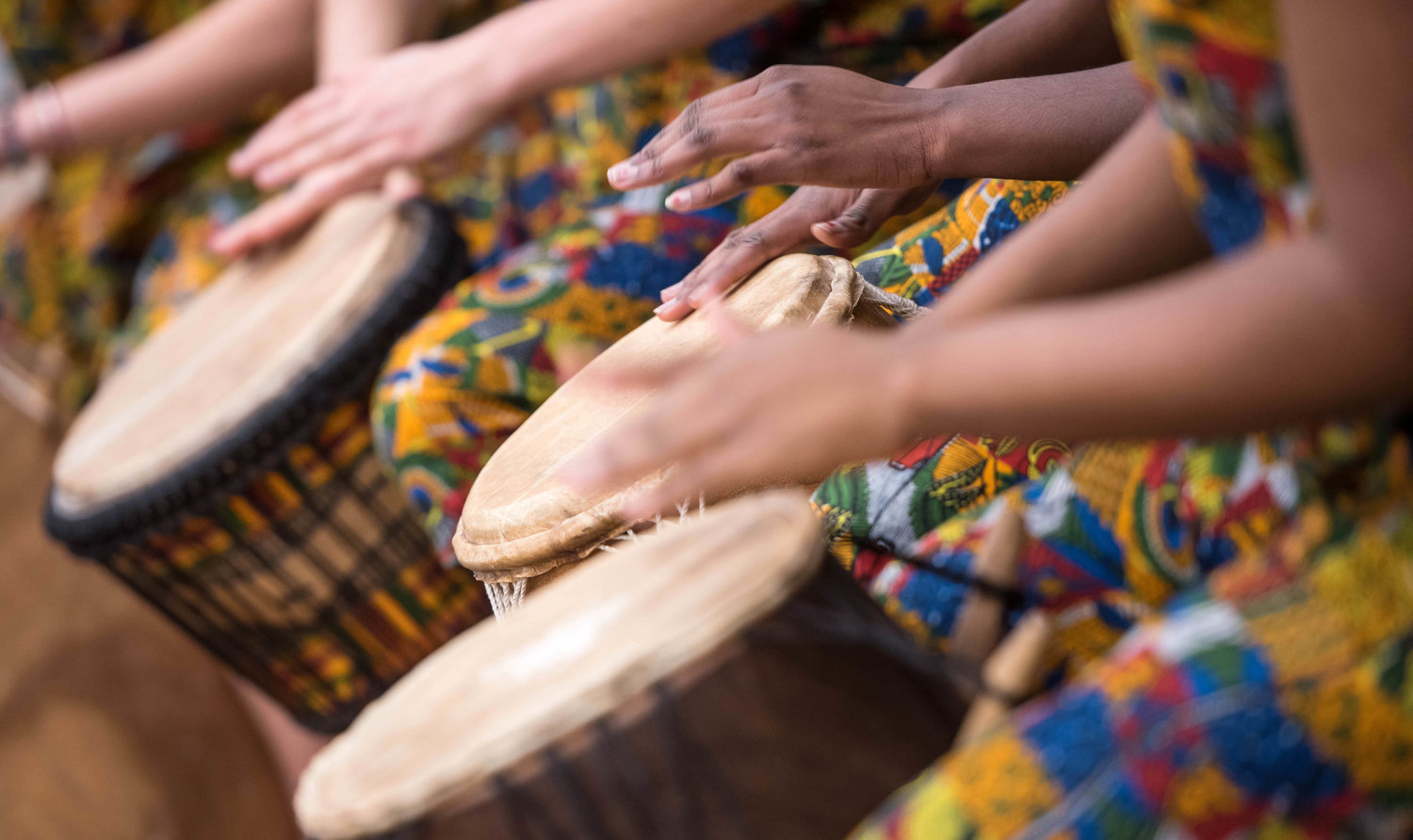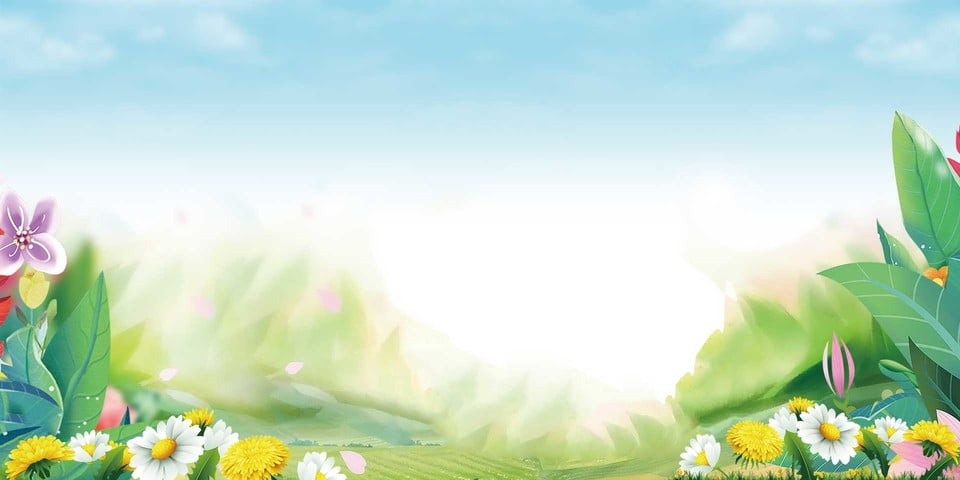Ancient music styles from various cultures are often combined with modern sounds today. The South African government welcomes and supports new projects of all kinds. Particularly among the black community, who create their own labels. This article discusses what are the various South African Music and its type.
The bulk of Africa’s musical styles can be found in South Africa. Rock, jazz, jungle, reggae, hip hop, gospel, classical, rap, mbaqanga, marabi, and other genres are available to listen to and swing to.
Some Styles Of Music That Are Less Well-known In The United States But Are Common In South Africa Include:
Marabi
This is a fusion of jazz from the United States and African music. Marabi is commonly heard in townships. Around the year 1900, when American jazz musicians toured cities like Johannesburg and Cape Town, a South African jazz scene arose.
The audience, especially those from the rapidly expanding townships, became enthralled and began playing jazz themselves. Marabi was known for combining jazz, blues, and African sounds, which were frequently performed on electric organs. The popularity of township dance halls and (illegal) cafes in South Africa skyrocketed in the 1920s and 1930s.
This music was given the name’marabi,’ which means gangster in Sotho, because of its somewhat menacing sound. The Merry Blackbirds, Jazz Maniacs, and Jazz Revellers were the first trained black musicians at the time.
They were well-liked by both white and black people. ‘From Marabi to Disco,’ Various Artists 1994, and Abdullah Ibrahim’s music are recommended to listen to.
Kwela
The marabi influenced Kwela, one of the most outstanding South African music forms. With just a whistle, this style began on the outskirts of a slum. This was a low-cost musical instrument that could be carried around with you. Furthermore, you could easily integrate modern styles such as marabi with folk tunes played on the flute.
The word ‘kwela’ comes from the Zulu language and means ‘wake up!’ It was both an invitation to dance and a sign that a police car was approaching. This style became popular in the 1950s, and bands with guitars, banjos, basses, and, of course, the whistle were created.
Kwela was particularly common among young people without the financial means to purchase a horn or piano, opting instead for the less expensive instruments that define this style of music. When Spokes Mashinaye’s song “Ace Blues” became a worldwide success, the kwela gained international recognition. Jerry Mlotshwa, Elias Lerole, and Sparks Nyembe were among the other well-known performers.
Mbaqanga
Different music styles started to merge in the mid-1950s, resulting in an intriguing melting pot of jazz, kwela, marabi, African music big band, and Zulu dance styles like indlamu. The mbaqanga was born as a result of this. The saxophone and electric guitar played an important role in this style of music, which gave it a funky sound.
This music was particularly prevalent in Sophiatown, a township near Johannesburg. Artists such as the Manhattan Brothers, Miriam Makeba, and Letta Mbulu led to the rise of a vibrant black music community. Both blacks and liberal whites flocked to see these films. The first cultural and social exchange between white and black people is said to have occurred at this time.
Music can be heard all over South Africa. Every shop, restaurant, people’s homes, and even the street The rhythm of life in South Africa appears to be determined by the music. Nelson Mandela once claimed that music should be his people’s salvation. Singing about democracy and justice would energize anti-apartheid resistance. There is, however, no mention of South African music. Because of the many different cultures that reside in the country, you are exposed to a wide range of experiences.



